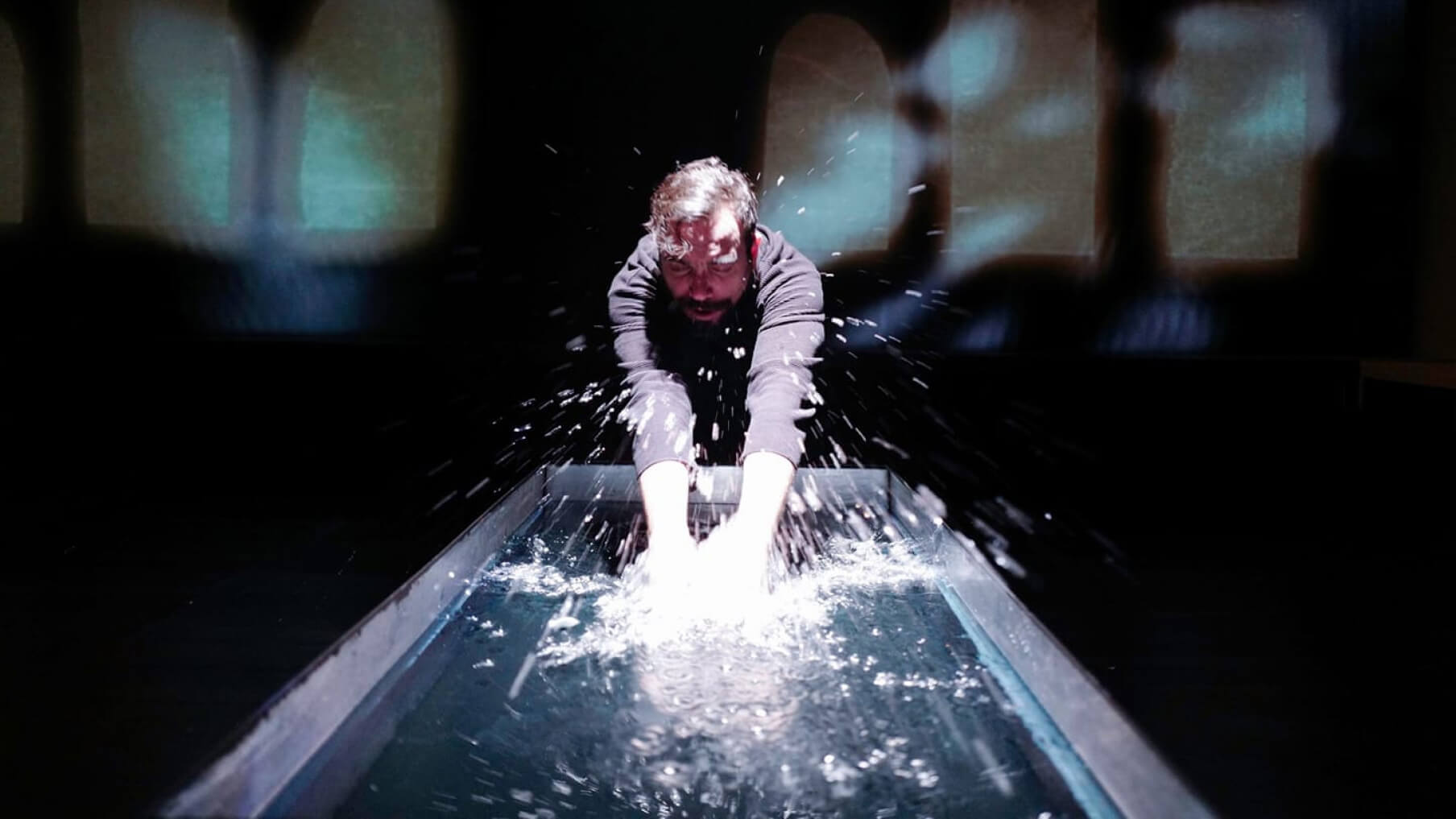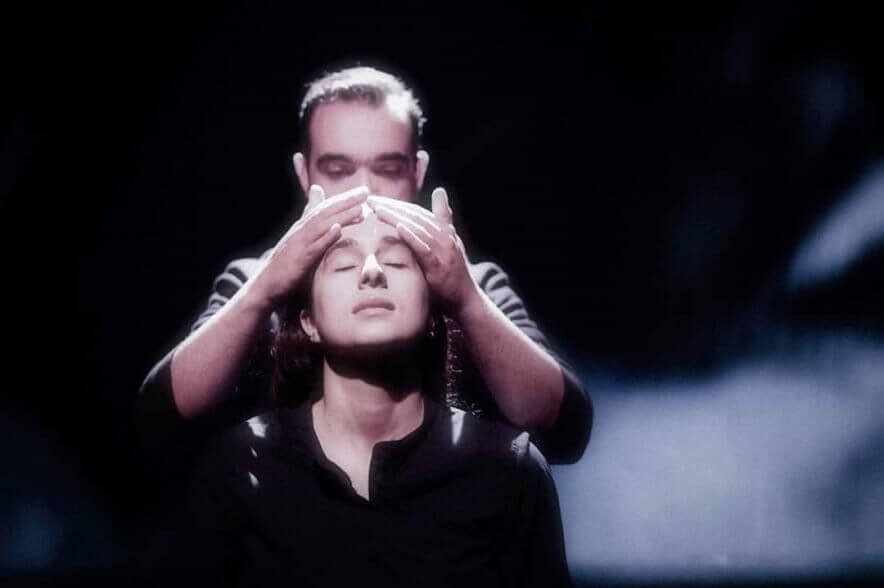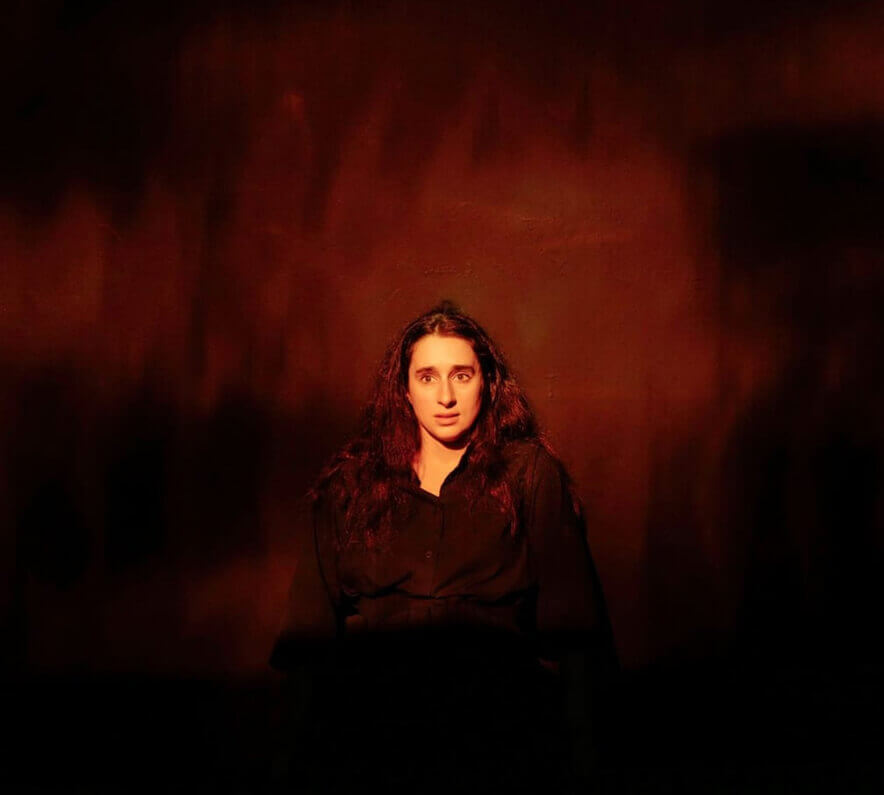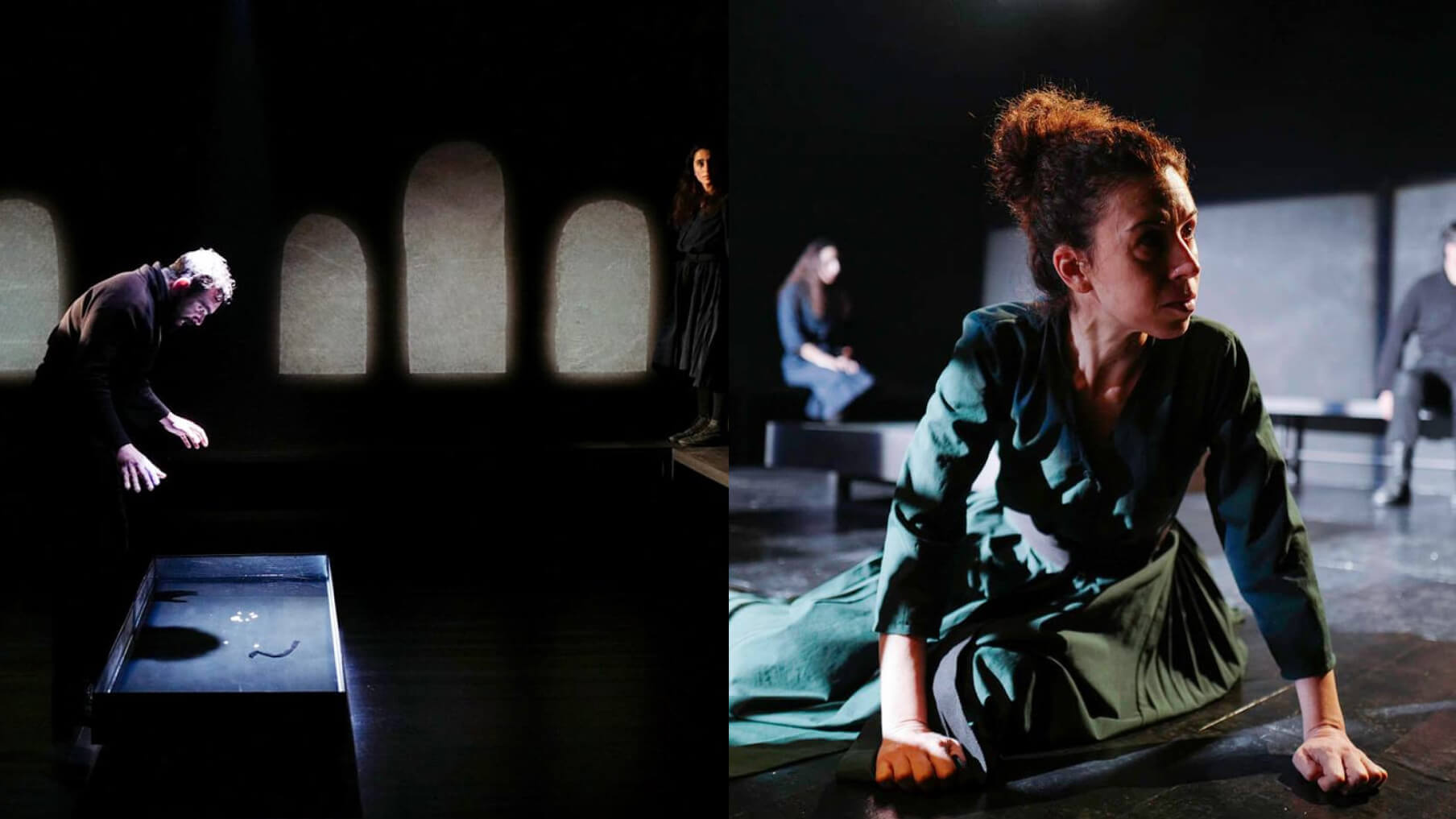Lampros
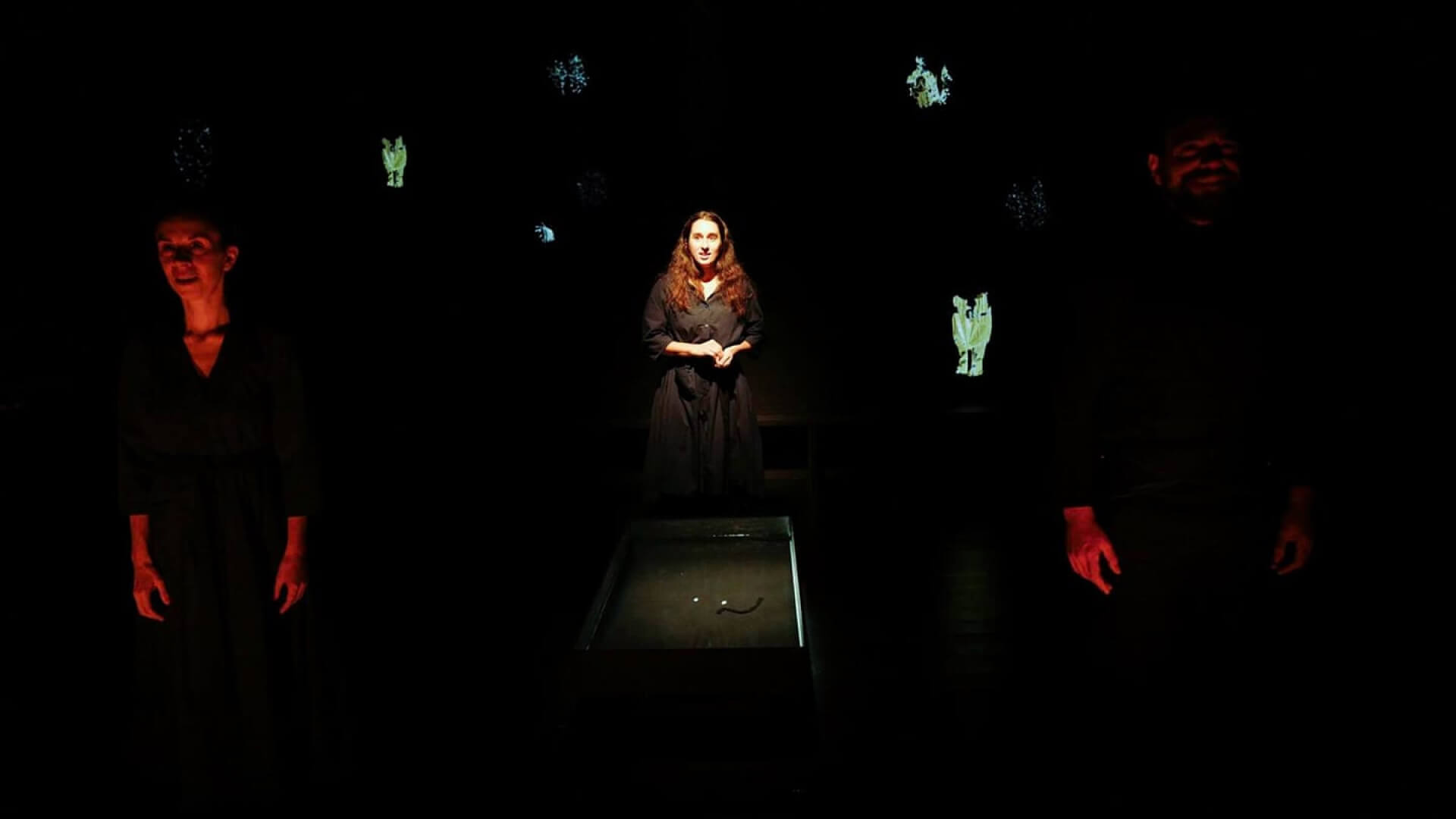
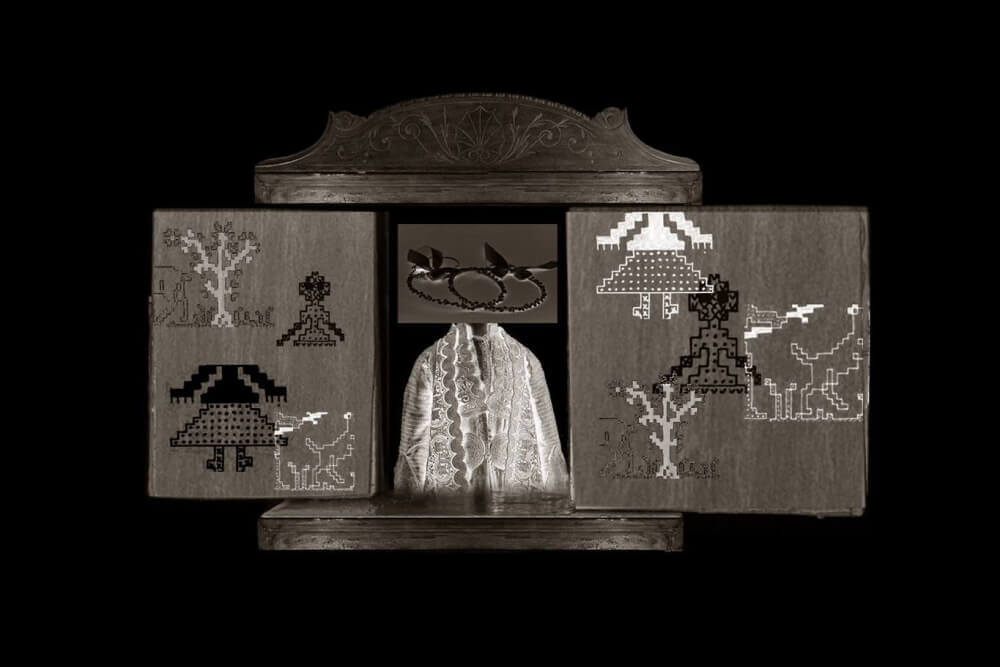
Dionysios Solomos characterizes " Lambros " as "il poema dei Bastardelli" ("the poem of the little bastards"). As a construction of the imagination and a poetic act, it occupied Solomos for at least a decade.
The writing of the poem begins in 1823 or 1824. It is the time when the poet is involved in a painful family dispute with the disputed paternity of his brother Ioannis.
The premise of the project:
Lambros seduces fifteen-year-old Maria. They have three boys and a daughter, who are left in the nursery. Years later, while Lambros is fighting Ali Pasha, he accidentally meets his daughter and, without knowing who she is, enters into a love affair with her.
The incest is revealed. Maria and his daughter commit suicide. Lambros cools off all alone with nightmarish regrets. Dishonest but brave, guilty but also a hero, Lampros is actually a real person and a tragic figure-figure at that.
The show aspires to illuminate the dual human nature that is capable of the greatest good and the worst evil. With the thematic axis being the overwhelming force of randomness that often defines human destiny and cancels or highlights human choices, the intention is to show the central hero's path towards destruction and death and at the same time his redemption when he accepts the terrible truth.
Dramaturgy Associate: Elena Triantafyllopoulou
Set-Costumes: Konstantinos Zamanis
Music: Vassilis Tsavaras
Video: Erato Tzavara
Motion: Brisida Solomou
Lighting Design: Sakis Birbilis
Assistant Director: Ioanna Trikene
Set designer Assistant: Venetia Nestoridou
Production Assistant: Nikos Charalampidis
Musician on stage: Vassilis Tzavaras
Executive Production:
POLYPLANITY Productions / Yolanda Markopoulou & Vicky Strataki
Performance photos: Andrea Bonetti

